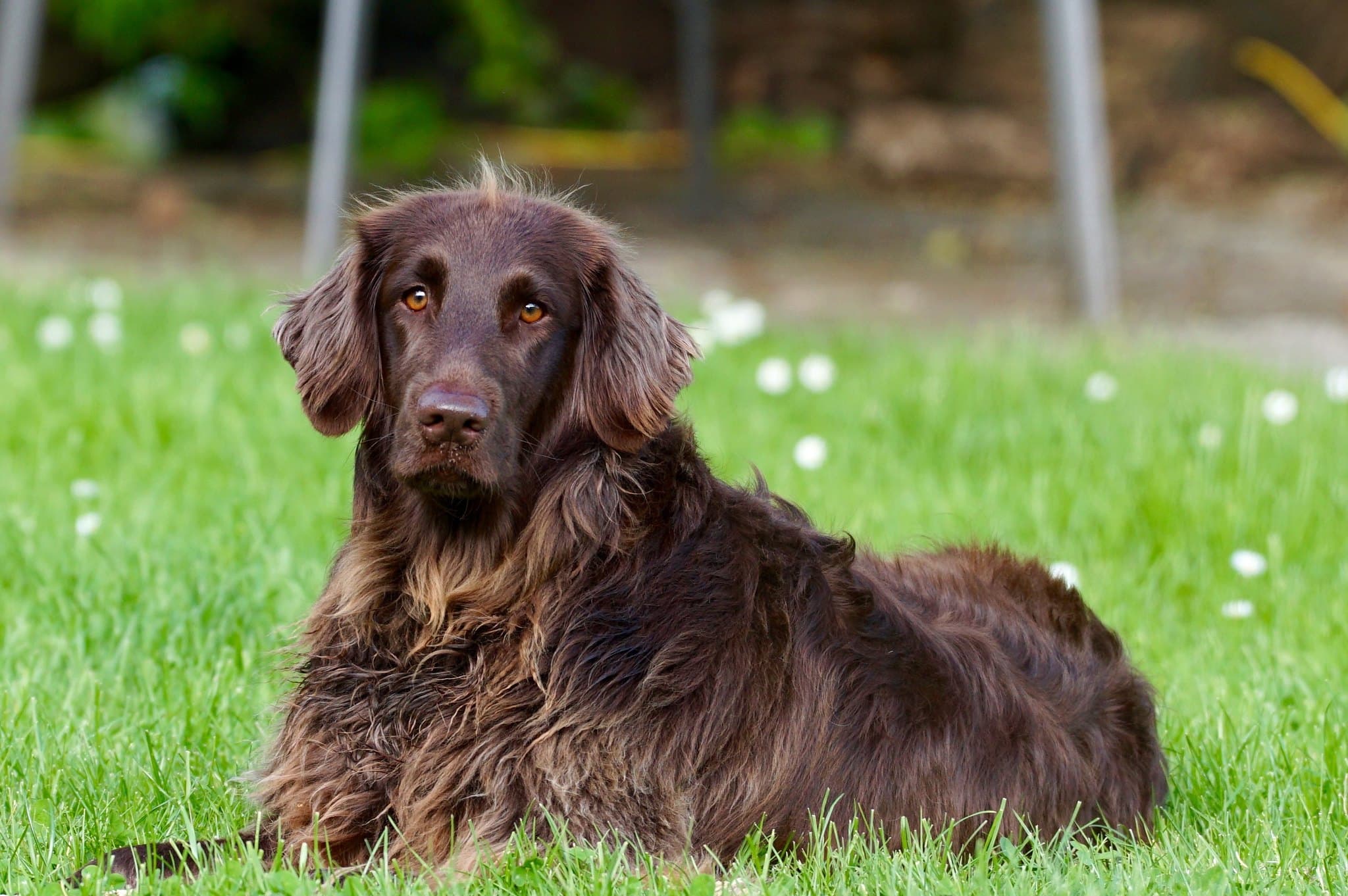Dogs for rescue fill shelters everywhere, all waiting to be welcomed into a new home and family. In celebration of Rescue Dog Day, we have compiled a comprehensive guide on preparing, bringing home, and training your rescue dog for a smooth and happy transition.
Preparation
Dog Proof Your House
Before your rescue canine arrives, it’s important to make your house a dog-friendly environment. Dog proofing your home generally centers on keeping anything harmful or tempting out of reach in cupboards, secure containers, or covered for their protection.
For example:
Poisonous/toxic products and food
Any medication
Electrical/cable cords
Toxic plants
Dog food and treats
Lidded trash cans/keep trash in a cupboard
Close bathroom doors and toilet seats
Use pet gates to block off certain areas
Environmental Enrichment
Environmental enrichment is paramount for your pet’s health and wellbeing, so be sure to equip your home with appropriate bedding and toys for your dog’s needs. There is a great selection of toys available, but generally, durable toys that are unlikely to be swallowed or stuck in their mouth are best.
Buy the Essentials
Before you rescue a dog, you must be properly prepared, and it’s best to stock up on the essentials before bringing your new pet home. These can include:
Leash, collar, and name tag
Dog treats/food
Toys
Poop bags
Bed/bedding
Crate
Bowls
Cleaning spray for indoor accidents
Once you have the essentials and made your home dog-friendly, it’s time to welcome home your new pet!
Bringing Your Pet Home
The first time in a new home is a big change for rescue dogs, and it’s important to introduce them to their new home in a calm and controlled manner. They will need time to adjust to their surroundings and new family, which will often require patience and support.
Show Them Around
Familiarize your dog with their new surroundings by showing them around. It also helps to keep their bed/crate in a permanent spot, as it will become their personal safe and comfortable corner in the home.
Gradually Introduce Pets to Each Other
If you already have other pets, they need to be introduced to the new arrival. Introduce your pets calmly and gently, being conscious of both animals’ safety, history with other pets, temperaments, and body language, and stopping at any sign of fear or aggression, and calm them down.
Positive reinforcement works well in introductions, but it’s best to have their first meeting in neutral territory, such as on a walk, as your resident pet may feel territorial at home. When in the home, it’s also advisable to remove your resident dog’s toys during early interactions.
Don’t Leave Them Alone for Too Long
A dog that hasn’t been alone may become distressed when they arrive in a new home and are suddenly by themselves. According to VCA Hospitals, there may also be a heightened risk of distress among dogs for rescue when alone due to a past traumatic separation, such as being left at a shelter.
Initially, only leave your dog alone for a few minutes, making sure they’re in their crate/bed before leaving. Upon returning home, gently greet them and continue as normal, slowly increasing the duration of these outings until your pet understands and is at ease.
Training Your Pet
Create a Routine
Training puppies and rescues is essential, but there’s more to it than teaching sit, stay, and lie down. A consistent routine creates a calm and organized environment for your pet, such as setting feeding and walking times, and establishing who shall be responsible for each task.
As the owner, you should be prepared to stick to this routine and manage it around work and other responsibilities, as a disorganized routine may provoke stress, anxiety, and undesirable pet behaviors.
Potty Training
Potty-training is a fundamental part of training your dog, and while many adult dogs will already be potty-trained, they may still have accidents in new environments. Close supervision is key, so you can swiftly interrupt accidents and take them outside.
If your dog goes to the toilet outside, praise them immediately, as positive reinforcement is the best way to teach them where they should and shouldn’t eliminate. Punishing your dog for indoor accidents is not advisable, as it may lead them to think that going potty around people is wrong.
For general housetraining, constant supervision is necessary to interrupt unwanted behavior, and praise good behavior. Consistency and repetition are key to shaping your dog’s understanding of your wishes and the do’s and don'ts of your home.
Crate Training
Crate training offers many benefits, particularly when introduced straight away. Crates keep your pet safe when traveling or left alone, and provide a safe and comfortable part of the home that is ‘theirs’ now.
It’s important to make it part of their routine when you leave home, or at nighttime, and not to use it as a punishment. However, if your rescue dog is distressed when using the crate, it’s best to not use it at all.
Conclusion
Adopting through a dogs rescue is a learning curve and a unique experience, with the added joy of giving a dog a second chance. This guide offers guidance on how to prepare for and understand your pet’s needs, and how to transition them as smoothly as possible for a healthy, trusting relationship between dog and owner.
Frequently Asked Questions
Will your rescue dog have behavioral issues?
Not necessarily. A dog’s behavior depends on their past, age, breed, and genetics. Before adopting, speak with the shelter to get an understanding of your pet and their needs. You can also use a dog DNA test to better understand your pet’s potential health problems and genetics, which can be very helpful in the adaptation process for your dog.
How long will it take for my rescue dog to settle in?
Although it varies, it may take some time for your rescue dog to settle in, but this process can be helped with patience, understanding, and a calm environment.



